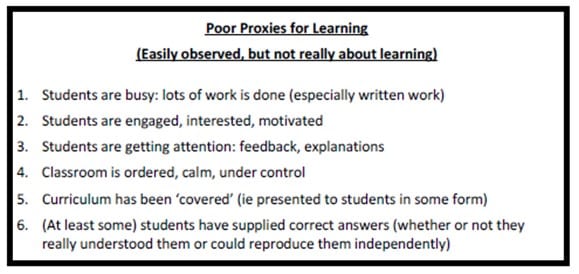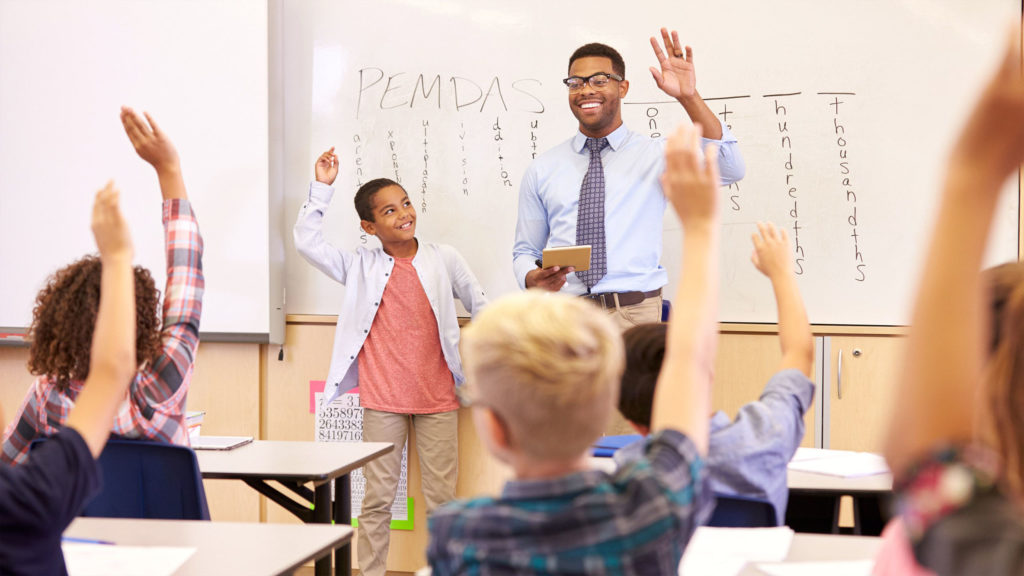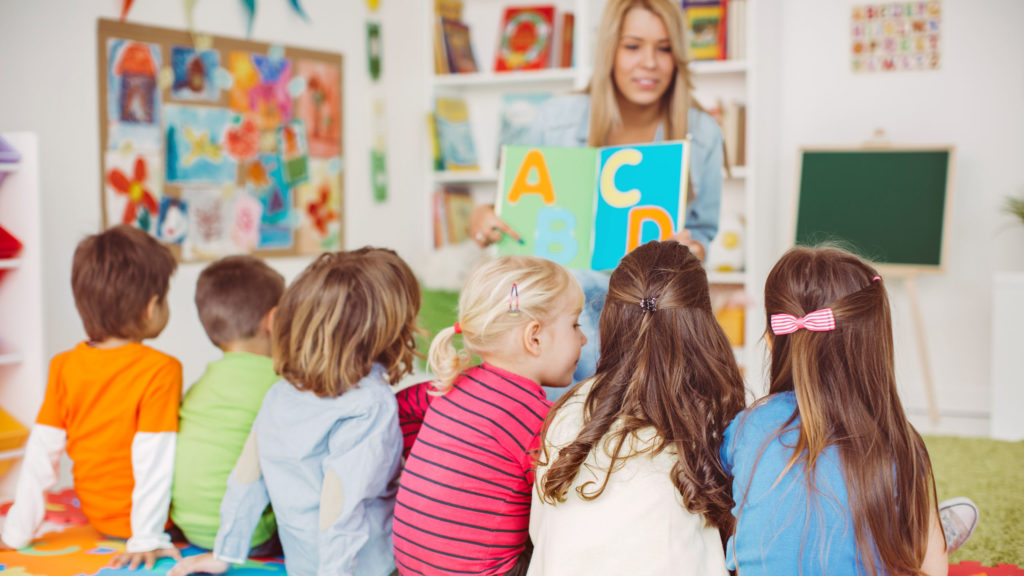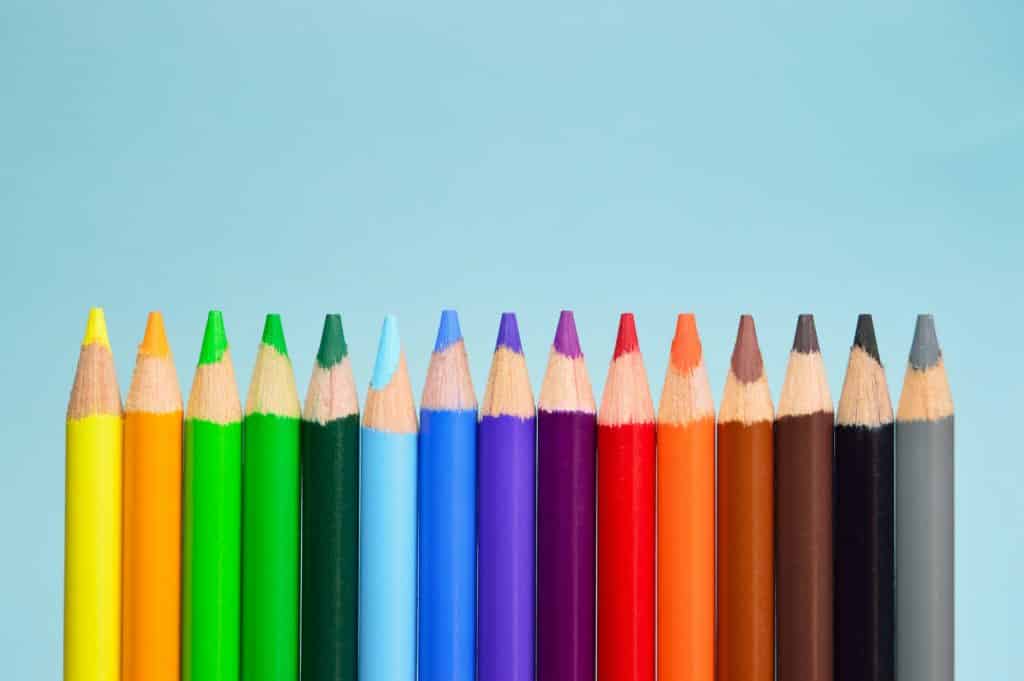Diana Osagie Recommends: Non-observed Observations Vicki Penney, Shoreham Academy

If you are thinking of adapting your processes for lesson observation and staff development, this approach from Vicki Penney (@vip_computing) may provide a new route…
About a year ago I started to read around the idea of unseen observations. While I was happy that we had moved away from grading lesson observations I still felt the new system raised similar concerns such as teachers spending an extraordinary amount of time planning one lesson and the stress associated with the process.
A large amount of time is dedicated in schools to learning walks and lesson observations and while I understand an aspect of this is quality assurance I’ve always wondered what the impact on students’ achievement actually is. While it’s a hard one to measure I know that observer feedback such as “students on task”, “push tables back so you have more room to walk around” and “homework set” won’t help.
I’ve heard Professor Robert Coe speak a few times about the idea of poor proxies for learning. These are things that are easy for observers to see in lessons and comment on but do not necessarily mean that learning has happened. I am not going to go into detail on this as there is loads online you can read.

We wanted a lesson observation process that would:
- Be based on trust and professional dialogue.
- Use data and class profile to identify key questions to explore.
- Improve the quality of students’ learning.
- Focus on every learner.
The Process
- The teacher plans a lesson as normal.
- Prior to the lesson the teacher meets with a peer to discuss what they plan for the students to learn. This is reviewed together, alongside the class profile and students achievement data allowing key questions to be identified and explored as part of the conversation. By meeting a couple of days before the planned lesson there is time for the teacher to reflect and change elements of the lesson as a result of the conversation.
- The teacher teaches as normal. As no one visits the classroom there is no change to the normal routine and no impact on the pupils of a senior member of staff in the room.
- The teacher reflects on their lesson.
- The final conversation needs to happen within 24 hours of the lesson and in the classroom. This allows you to spread out the books of ALL the students and look at them, an activity you never get to do in a normal lesson observation. Whilst it’s not as easy as looking in a book and saying a student has learnt, the process does allow you to see what every student did in the lesson and informs a reflective and next steps conversation.









Responses